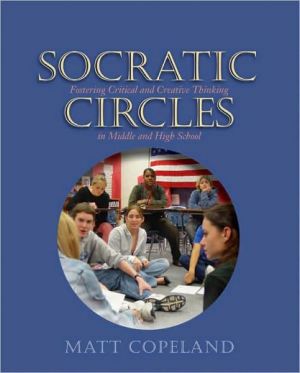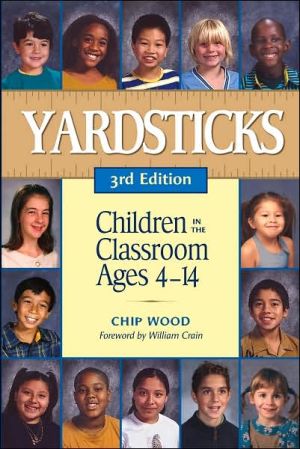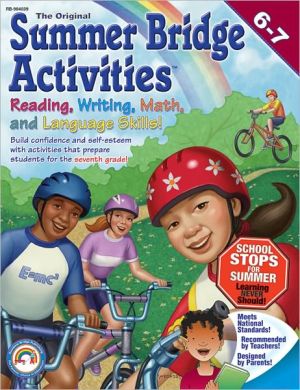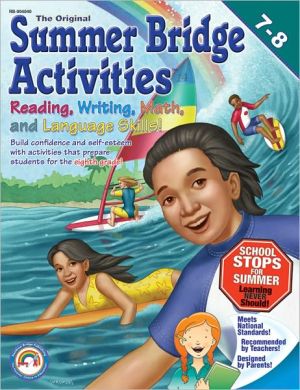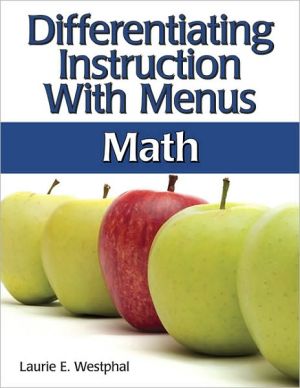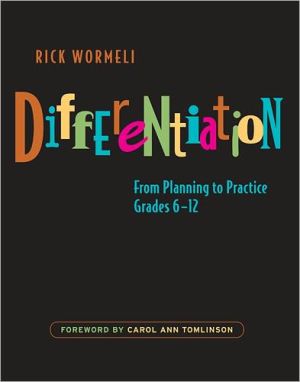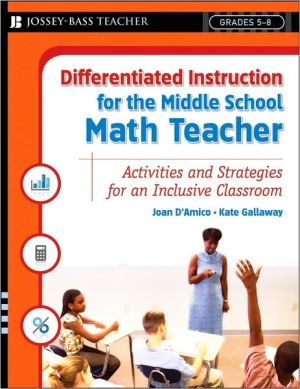Socratic Circles: Fostering Critical and Creative Thinking in Middle and High School
The benefits and importance of Socratic seminars are widely recognized, but little has been written on how to make them happen successfully in the classroom. By offering real-world examples and straightforward answers to frequent questions, Matt Copeland has created a coaching guide for both the teacher new to Socratic seminars and the experienced teacher seeking to optimize the benefits of this powerful strategy. Socratic Circles also shows teachers who are familiar with literature circles...
Search in google:
Copeland teaches high school English in Topeka, Kansas. He began using Socratic seminars five years ago, when, as a new teacher, he was searching for a way to stimulate discussion in his classroom to make learning active and engaging, and to encourage students to think creatively and critically. Using real-world examples and straightforward answers to frequently asked questions, he presents a guide for teachers of all levels, from elementary to college, who are interested in using Socratic circles in their own practice. Coverage includes the benefits of Socratic circles, the process and procedures for using them, a detailed example Socratic circle from one of Copeland's classes, and suggestions for extension activities, follow-up activities, and methods of assessment. No subject index. Annotation ©2005 Book News, Inc., Portland, OR Teri S. Lesesne - VOYA Teachers looking for ways to increase the critical thinking of their students will find much to assist them in this book. Copeland describes in detail the process that brought him to use Socratic Circles in his English classroom. Before the implementation, students found it difficult to discuss literary works with any depth. So Copeland sought something to assist him and his students in tackling this problem. Socratic Circles enriched their literary experience. Copeland walks readers through the rationale for using this technique, citing the research that underpins the concept of using Socratic Circles in the classroom. Snippets of sample circles serve to introduce each chapter and to further the understanding of the reader as Copeland takes them step-by-step through the process of establishing the circles. Although the technique is meant to surrender a large measure of the control over to students, Copeland is quick to point out that the teacher's role is still an essential one. Teacher preparation and (limited) participation is key to overall success. Copeland's writing is totally accessible, making the text useful for novice and experienced teacher alike. It crosses content areas as well, including pieces from social studies, science, and other fields. As part of the professional collection in a middle school and high school library, it should prove to be an important resource. It might also be valuable for librarians to use in their book club discussions. 2005, Stenhouse, 163p.; Illus. Biblio. Appendix., pb. Ages adult professional.
Ch. 1The benefits of Socratic circles5Ch. 2The nuts and bolts of Socratic circles25Ch. 3Preparing for classroom dialogue37Ch. 4Facilitating the inner circle57Ch. 5Facilitating the outer circle75Ch. 6Socratic circles in action93Ch. 7Aligning Socratic circles with the curriculum109Ch. 8Assessment and follow-up activities123AppSocratic circle text suggestions147
\ VOYATeachers looking for ways to increase the critical thinking of their students will find much to assist them in this book. Copeland describes in detail the process that brought him to use Socratic Circles in his English classroom. Before the implementation, students found it difficult to discuss literary works with any depth. So Copeland sought something to assist him and his students in tackling this problem. Socratic Circles enriched their literary experience. Copeland walks readers through the rationale for using this technique, citing the research that underpins the concept of using Socratic Circles in the classroom. Snippets of sample circles serve to introduce each chapter and to further the understanding of the reader as Copeland takes them step-by-step through the process of establishing the circles. Although the technique is meant to surrender a large measure of the control over to students, Copeland is quick to point out that the teacher's role is still an essential one. Teacher preparation and (limited) participation is key to overall success. Copeland's writing is totally accessible, making the text useful for novice and experienced teacher alike. It crosses content areas as well, including pieces from social studies, science, and other fields. As part of the professional collection in a middle school and high school library, it should prove to be an important resource. It might also be valuable for librarians to use in their book club discussions. 2005, Stenhouse, 163p.; Illus. Biblio. Appendix., pb. Ages adult professional. \ —Teri S. Lesesne\ \
